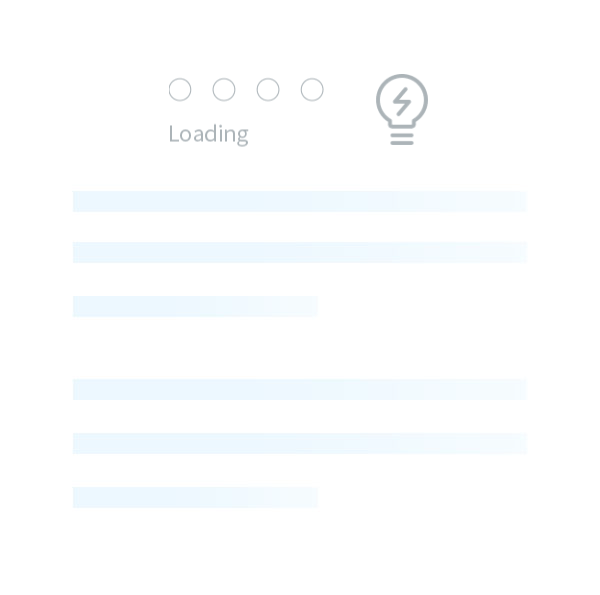
- Tel:0755-27147102 / 27147103
- Mob:13823704081
- Support:18929322788
- Fax:0755-27147101
- Q Q:522082770
- E-mail:yanbixin@yeah.net
- Web:www.yanbixinkeji.com
- Add:No. 22 Xitou Road, Xitou Community, Songgang Street, Baoan District, Shenzhen City, Guangdong Province, China
Research on Single-Phase Bridge Rectifier Circuit Based on MATLAB
Time: 2018-04-26 15:58:35
Author: YANBIXIN
Click:
1. Introduction
Rectifier circuit, especially single-phase bridge controllable rectifier circuit, is an important and widely used circuit in power electronics technology. It is not only used in general industry, but also widely used in transportation, power system, communication system, energy system and other fields. Therefore, it is of great practical significance to compare and analyze the related parameters of single-phase bridge controlled rectifier circuit and the working conditions of different kinds of loads. It is not only an important part of the theoretical study of power electronic circuits, but also plays a predictive and guiding role in the practical application of Engineering practice.
2. Single-Phase Bridge Semi-Controlled Rectifier Circuit
In Fig. 1, VT1 and VT2 are thyristors with 180? Phase difference of trigger pulse, and VD1 and VD2 are rectifier diodes. These four devices constitute a single-phase bridge semi-controlled rectifier circuit. Resistance R and inductance L are loads. If the inductance L is large enough, that is, _L (> R), because the current in inductance can not mutate, it can be considered that the load current keeps constant throughout the steady-state operation. Because of the characteristics of bridge structure, as long as the thyristor is on, the load always adds forward voltage, and the load current always flows unidirectionally, so the bridge semi-controlled rectifier circuit can only work in the front quadrant, because_L is greater than R, so no matter what the control angle is, the change of load current ID is very small.








